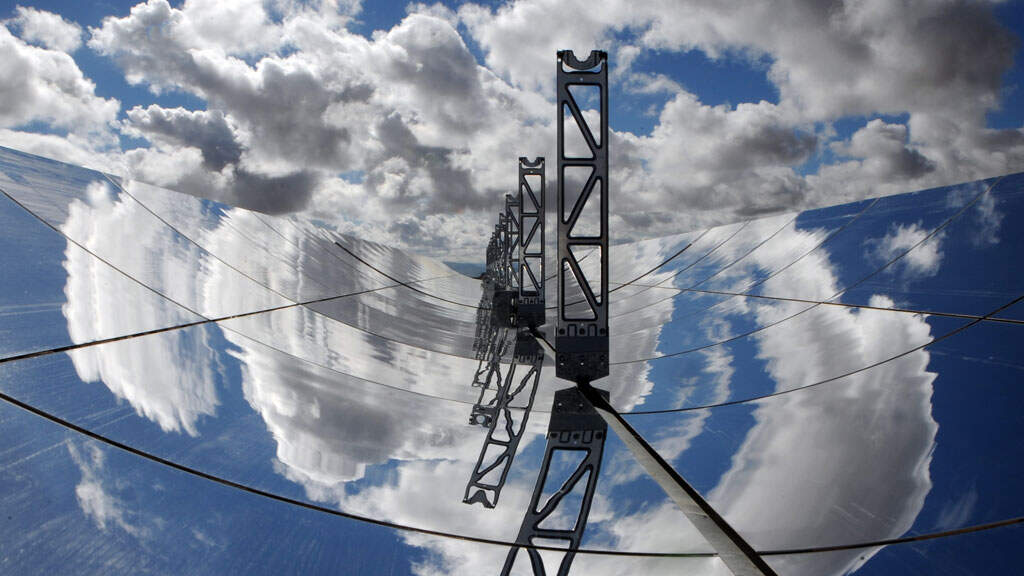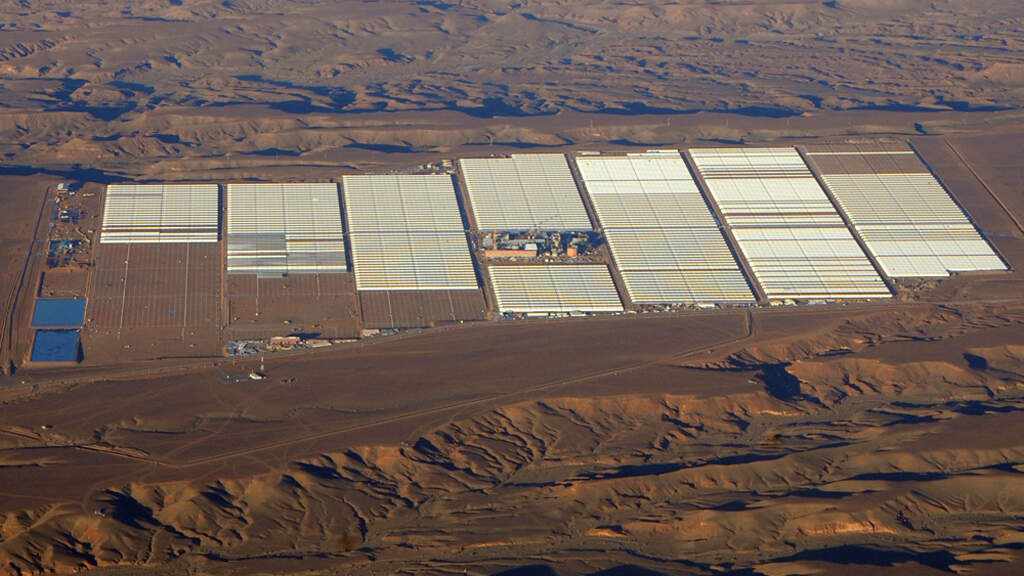Where the sun is harvested
A good film needs excitement, a bit of drama, heroes, and a happy ending. The construction of the world's largest solar power plant in Morocco has all this and more. With its solution Chem-Logistics DACHSER has helped to write the screenplay of this very special success story.

The story begins with a setback. The Desertec solar project nurtured hopes that electricity from the North African desert would solve the energy problems of Europe once and for all. But interests changed, major investors backed out, and political unrest raised its unruly head in North Africa. The Moroccan King Mohammed VI, however, persisted in the advancement of Morocco's ambitious energy strategy. The largest solar thermal power plant in the world is being built near the city of Ouarzazate in southern Morocco as part of Project Noor. Over a surface area of 3,000 hectares, four individual power plants are under construction that will be able to supply up to 560 megawatts of output annually in just two years. Noor 1 is scheduled to go into operation this year. After completion, the power plant complex will produce clean energy for over 1.2 million people and save up to 800,000 tons in CO2 annually.
Storing solar energy
Modern solar thermal power plants are making this possible. In addition to solar cells, a mixture of sodium nitrate and potassium nitrate is used. At high temperatures, the salts melt and store energy in the process, which enables the power plant to produce power even if the sun is not shining. The sodium nitrate is supplied by chemical company BASF from Ludwigshafen. In Morocco, DACHSER coordinates temporary storage, which began in May 2014, as well as deliveries to the construction site.
“It took several years of persuasion to get the order placed,” recalls Rüdiger Erb, Business Development Manager for Chem-Logistics at DACHSER in Kempten, Germany. The story of the project is the stuff films are made of. Back in 2012, BASF sent an inquiry to DACHSER about the possibility of warehousing and delivering hazardous goods. Yet the company kept changing its framework conditions.
It took several years of persuasion to get the order placed,
Right from the start, the biggest problem was to find a suitable hazardous goods warehouse in the North African country. The high safety standards also had to apply outside of European borders. But low ceilings, leaky floors, and corroded lines were problematic in even the better warehouses.

Casablanca was the turning point
As the Desertec successor Noor became imminent and DACHSER once again hit the streets in search of a suitable warehouse for BASF, the chemical-logistics experts finally hit pay dirt in Casablanca. The warehouse infrastructure and equipment also met the high standards. Since the middle of last year, BASF has been storing big bags containing sodium nitrate covering 7,000 square meters. Starting in July, DACHSER will begin transporting these big bags to the construction site in Ouarzazate following a strict three-month schedule.
For Erb and his colleagues, it came to a showdown: “We had to find reliable companies that could guarantee two years in advance that they would be able to make up to 15 trucks available to us daily for a period of three months.”M'hamed Chraibi, General Manager, South Morocco, is supervising the project at DACHSER Morocco. “When selecting the drivers, we made sure that they have sufficient experience,” adds Chraibi. “The 450 km route between Casablanca and Ouarzazate goes through the Atlas Mountains, Where there is no highway, only a perilous curvy and narrow road that winds through the Tizi n’Tichka Pass, to name but one. At 2,250 m, it is one of the highest mountain roads in Morocco.”
To complete the first solar power plant, it will take a total of about 24,000 tons of chemicals, which will be transported along the high ridge of the Atlas mountains, totaling a distance of 1,134,000 kilometers. But the sequel to this story is yet to come: With additional expansion phases of the solar power plant, once again about 150,000 tons of chemicals have to be transported along the hazardous route from the coast inland to the desert sands by 2020.